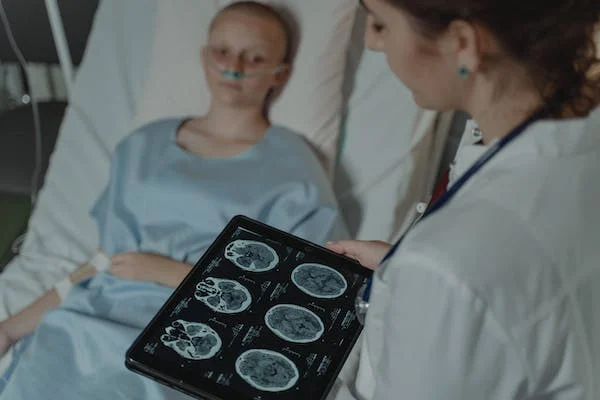Traumatic brain injury (TBI) is a severe medical condition that can have long-lasting effects on an individual’s physical, cognitive, and emotional well-being. Recovery from TBI can be a slow and gradual process that requires patience, perseverance, and professional support. Understanding the stages of TBI recovery can help individuals and their loved ones manage expectations, set realistic goals, and make informed decisions about their care.
The recovery process for TBI can be divided into several stages, which are typically defined by the severity and duration of the injury, as well as the individual’s age, health, and other factors. While each person’s experience with Traumatic Brain Injury Recovery Stages is unique, there are some common stages that many individuals go through.
1: Acute Stage
The acute stage of TBI recovery typically begins immediately after the injury and can last for several weeks or months. During this stage, the focus is stabilizing the individual’s condition, preventing further damage, and addressing any immediate medical needs. This may involve emergency surgery, medication to control swelling and inflammation, and other interventions to ensure that the brain is receiving adequate oxygen and blood flow.
2: Rehabilitation Stage
Once the acute stage is over, the rehabilitation stage begins. This stage can last for several months or years and involves a comprehensive program of physical, cognitive, and emotional therapies. The goal of rehabilitation is to help the individual regain as much function and independence as possible and to help them adjust to any lasting disabilities or impairments.
Physical therapy may involve exercises to improve strength, balance, and coordination, as well as specialized treatments such as occupational therapy, speech therapy, or vision therapy. Cognitive therapy may involve working with a neuropsychologist to improve memory, attention, and other cognitive functions, as well as strategies for managing symptoms such as headaches, fatigue, or irritability.
Emotional and behavioral therapy may involve counseling or support groups to help individuals cope with the psychological effects of TBI, such as depression, anxiety, or post-traumatic stress disorder (PTSD).
3: Maintenance Stage
The maintenance stage of TBI recovery typically begins after the individual has completed their initial rehabilitation program and has achieved maximum medical improvement. This stage involves ongoing monitoring, management, and support to help the individual maintain their gains and prevent any further decline or complications. This may involve regular medical check-ups, physical and cognitive exercises, and ongoing counseling or therapy.
4: Long-Term Care Stage For some individuals with TBI, recovery may be a lifelong process that requires ongoing care and support. This may be particularly true for individuals with severe or multiple TBIs, or those who have developed chronic conditions due to their injury. Long-term care may involve ongoing medical treatment, assistive devices or technology, and specialized therapies or interventions.


